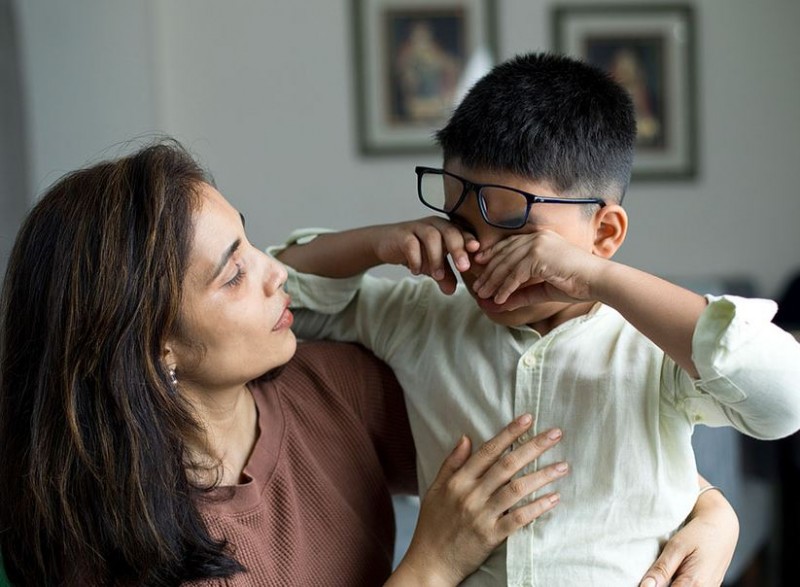
In today's technologically driven world, children are increasingly exposed to screens from an early age. Whether it's watching cartoons on television or playing games on smartphones and tablets, screen time has become an integral part of many children's daily routines. However, this prolonged exposure to screens has raised concerns among parents and healthcare professionals about its impact on children's eye health.
Research suggests that excessive screen time can lead to a range of eye-related issues, including eye strain, dryness, redness, and blurred vision. These problems can significantly affect children's visual comfort and overall well-being. Furthermore, prolonged screen use during critical developmental stages can potentially contribute to the need for corrective eyewear, such as glasses, at a young age.
To address these concerns and promote healthy vision in children, it is essential for parents to implement practical strategies and lifestyle changes. Here are some effective measures that parents can adopt on a daily basis to help preserve their children's vision and reduce the likelihood of needing glasses:
Limit Screen Time:
Set reasonable limits on the amount of time children spend in front of screens each day. Encourage alternative activities such as outdoor play, reading, and creative hobbies to minimize reliance on digital devices.
Follow the 20-20-20 Rule:
Encourage children to take regular breaks from screens by following the 20-20-20 rule. Every 20 minutes, have them take a 20-second break and focus on something at least 20 feet away. This practice helps reduce eye strain and fatigue caused by prolonged screen use.
Create a Screen-Friendly Environment:
Ensure that the lighting in the room is adequate and that screens are positioned at an appropriate distance from children's eyes. Adjust screen brightness and contrast settings to reduce glare and minimize eye strain.
Encourage Outdoor Activities:
Promote outdoor play and physical activity, as natural light and outdoor environments have been shown to benefit eye health. Spending time outdoors also encourages children to focus on distant objects, which can help prevent nearsightedness.
Practice Eye-Friendly Habits:
Encourage children to practice good eye hygiene, such as blinking regularly to moisten the eyes and prevent dryness. Remind them to avoid rubbing their eyes excessively, as this can lead to irritation and discomfort.
Incorporate Eye Exercises:
Introduce simple eye exercises and relaxation techniques into children's daily routines to strengthen eye muscles and alleviate strain. Activities such as eye rolling, focusing on near and far objects, and palming can help improve visual comfort.
Promote Nutritious Diet:
Ensure that children consume a balanced diet rich in nutrients essential for eye health, such as vitamin A, vitamin C, omega-3 fatty acids, and antioxidants. Include foods like carrots, leafy greens, citrus fruits, nuts, and fish in their meals to support optimal vision.
Schedule Regular Eye Check-ups:
Make regular appointments with an eye care professional for comprehensive eye examinations. Early detection of vision problems allows for timely intervention and appropriate management to prevent the progression of eye conditions.
By incorporating these practical strategies into their daily routines, parents can play a proactive role in safeguarding their children's vision and reducing the likelihood of them needing glasses. Prioritizing eye health from a young age sets the foundation for lifelong visual wellness and ensures that children can enjoy clear, comfortable vision as they grow and develop.
How Being Overweight During Pregnancy Impacts the Fetus
How Small Changes in Your Commute Can Improve Fitness
How Peppermint Tea Becomes A Super Health Powerhouse, Find Out Here